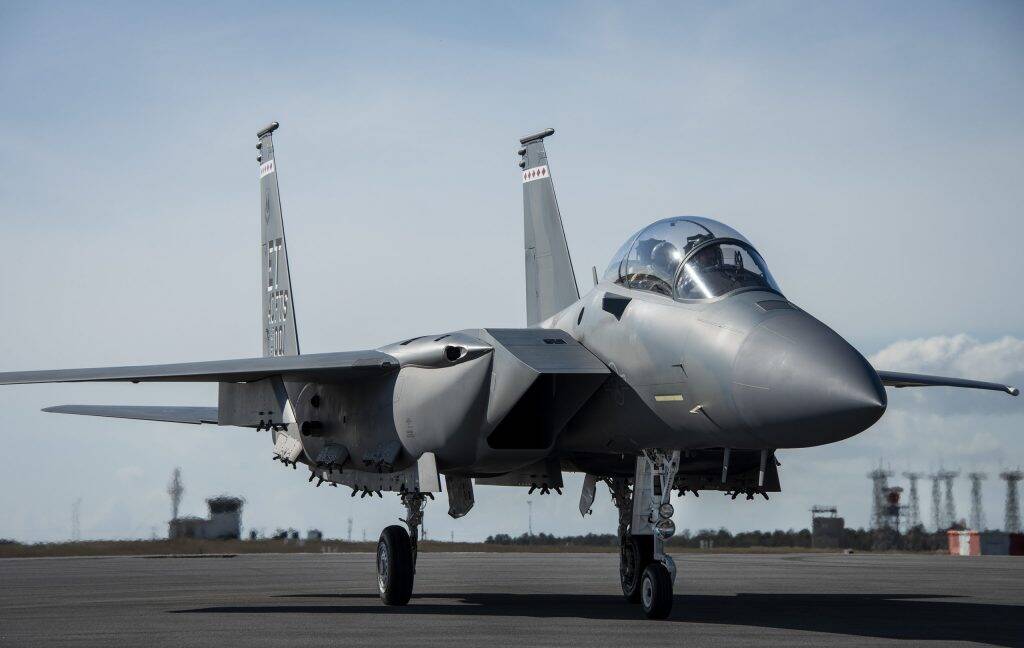
Aerial combat with fighter jets has changed a lot since its inception in World War I.
+ Meet the JLTV, the new armored vehicle of the Marines
+ Model Who Inspired Lady Dimitrescu Reveals Her Identity
+ Video: US Air Force tests Quicksink Bomb capable of sinking a moving ship.
But although the maximum speed factor has lost importance in the face of advancements in weapon technology, it still remains a relevant point for combat aircraft. Find out which are the fastest fighter jets in the world still in service.
5 – Sukhoi Su-27
Mach 2.35

Born in the times of the Soviet Union with the mission to face the American F-15, the Sukhoi Su-27 continues to be a relatively popular fighter.
Capable of reaching Mach 2.35, it is present in the arsenals of several African countries and ex-Soviet republics. In addition to Russia and Ukraine.
4 – Shenyang J-15
Mach 2.4

Designed as a naval fighter plane, based on the aircraft carriers of the Chinese Navy, the Chinese Shenyang J-15 is a kind of unauthorized copy of the Russian Sukhoi Su-33 and entered service in 2013.
Currently used only by China, the fighter is capable of reaching a maximum speed of Mach 2.4.
3 – F-15EX
Mach 2.5

The F-15EX is the most recent version of the veteran fighter of the 1970s, which with the incorporation of more modern electronics will be able to keep the aircraft in service in the US Air Force for the next few decades.
A capability present in the EX and in older versions of the fighter is the ability to reach the maximum speed of Mach 2.5.
2 – MiG-31
2.83

The MiG-31 is an evolution of the MiG-25, with gains in range, electronics, and maneuverability. With the mission to intercept everything from bombers to cruise missiles, it reaches a maximum speed of Mach 2.83.
It entered service in 1981 in the Soviet Union and still remains in service in the Russian Air Force and also in Kazakhstan.
1 – MiG-25
Mach 3.2

When it entered service in 1970, the Soviet MiG-25 was one of the most powerful fighter jets on the planet. Developed for reconnaissance and interception missions, it reached Mach 2.83.
But it could reach Mach 3.2 in special situations, risking irreversible damage to its two engines. Or more than three times the speed of sound. Today, it is considered a museum piece in Russia. But it remains present in the arsenals of Algeria, Libya, and Syria.

